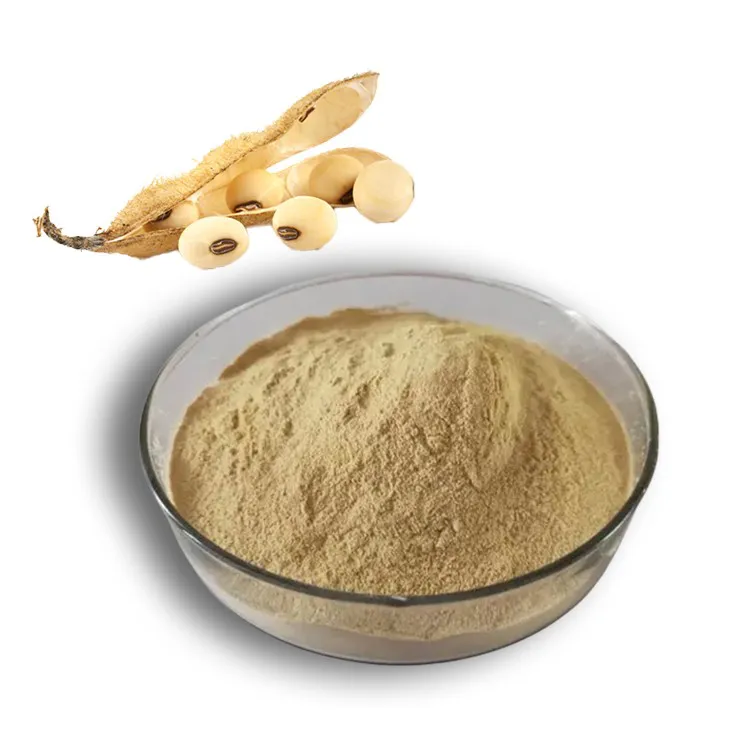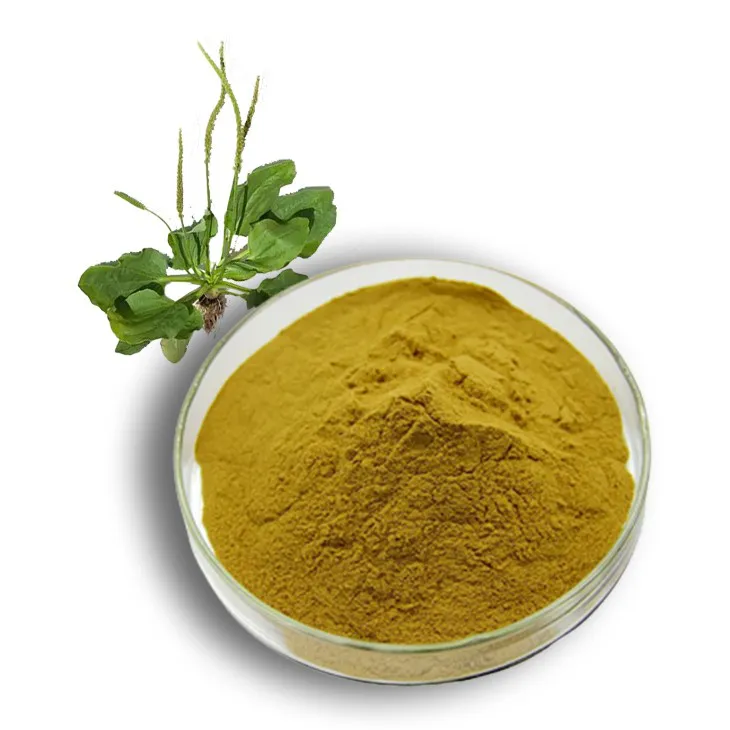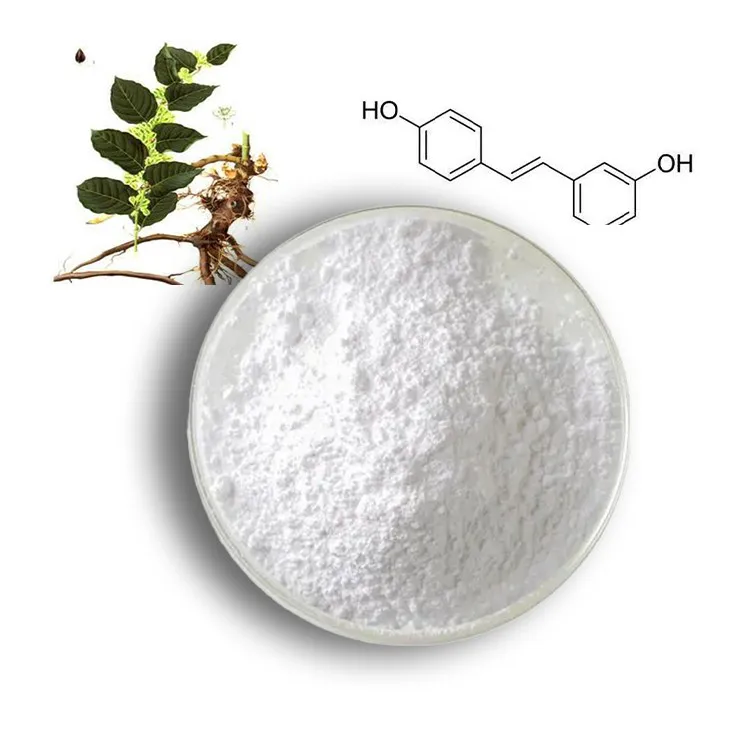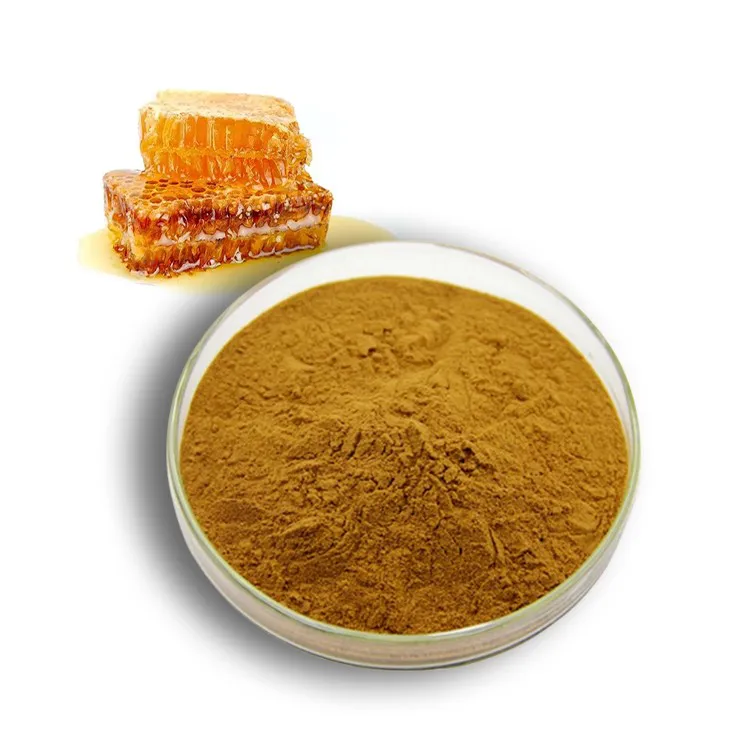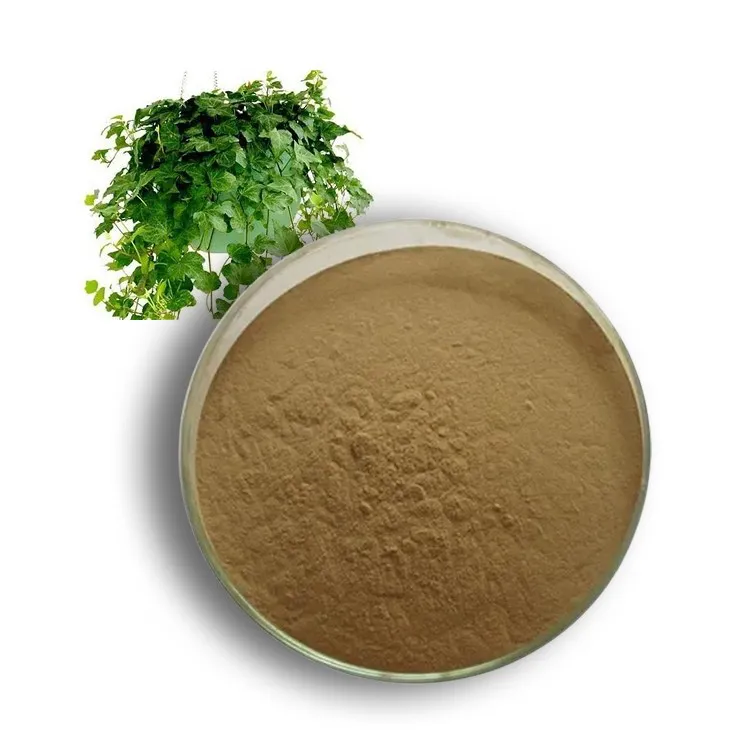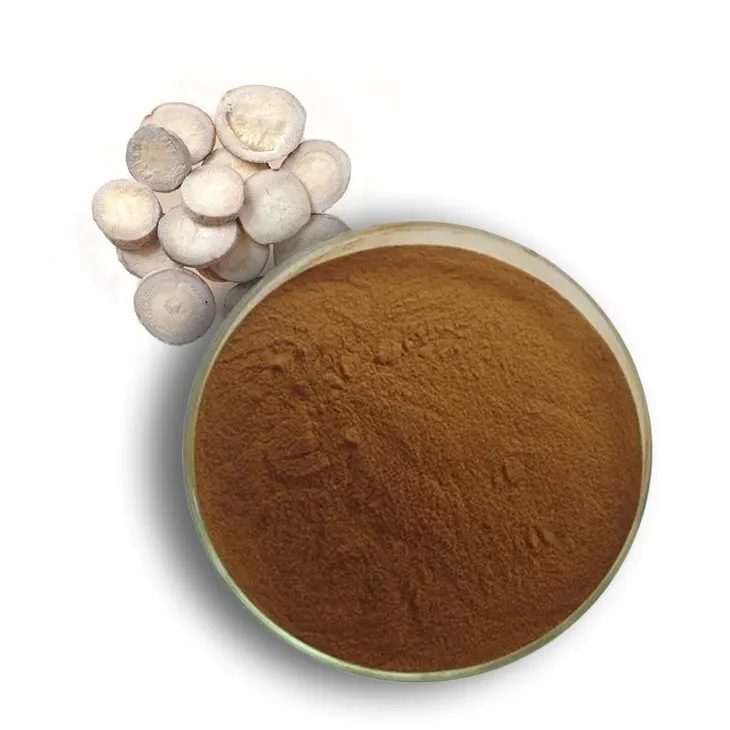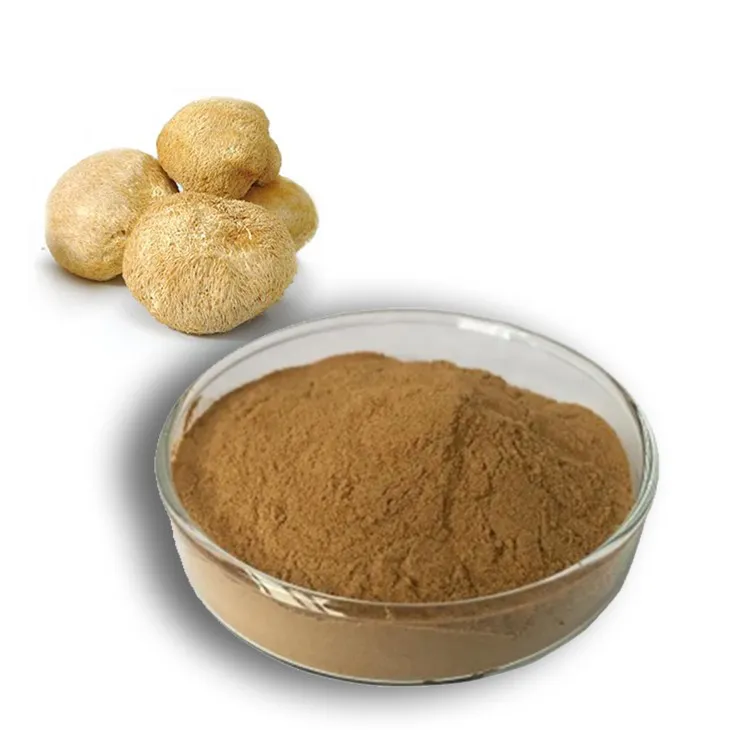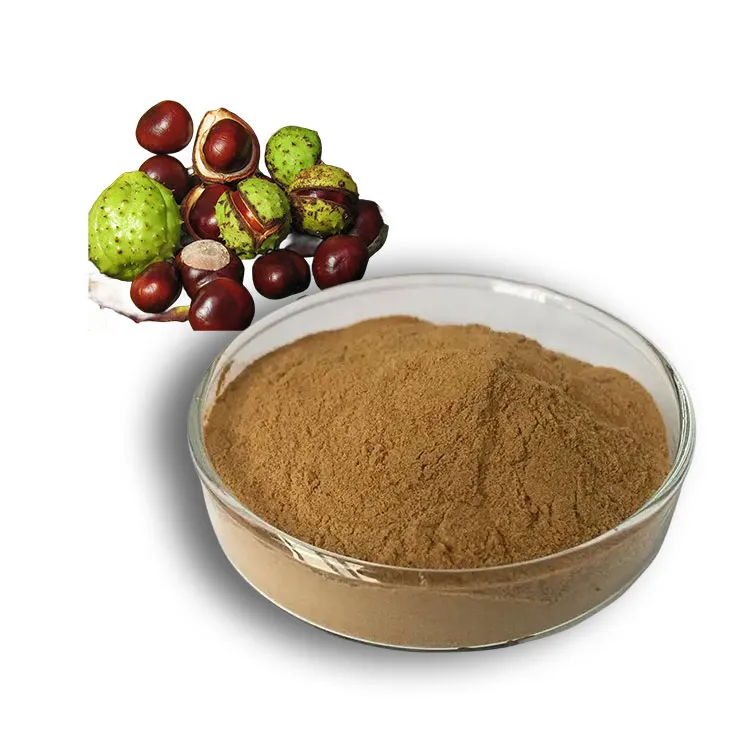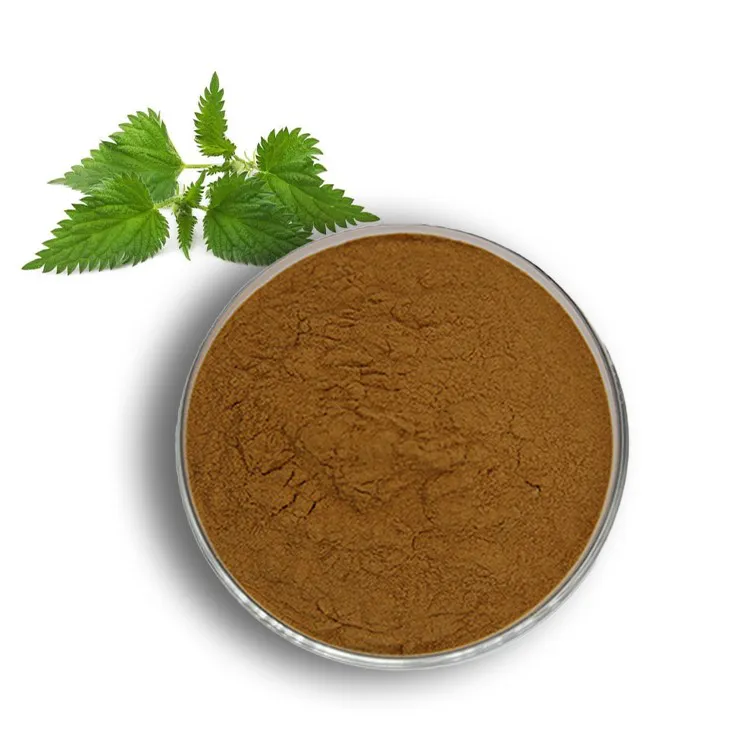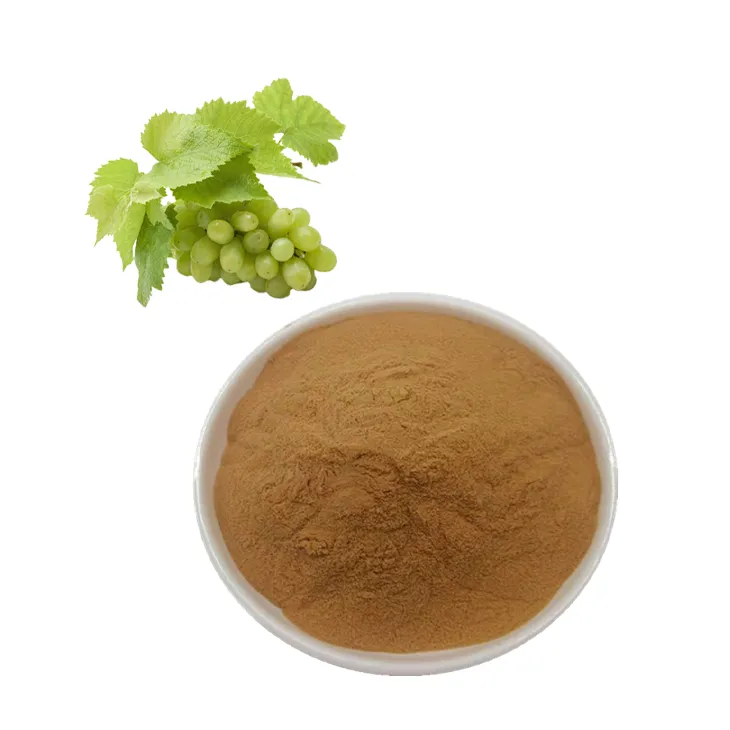- 0086-571-85302990
- sales@greenskybio.com
Diet Over Drugs: How a Healthy Plate Reduces Chronic Pain
2025-10-13
A groundbreaking study from the University of South Australia has shed light on the transformative power of diet in reducing chronic pain, with participants reporting a dramatic decrease in pain prevalence—from 50% to 24%—in only three months. By focusing on diet quality rather than weight loss alone, the research adds to the growing understanding that what we eat can significantly impact how we experience pain.
Chronic Pain as a Hidden Epidemic
For the 50 million Americans who live with chronic pain, it is an unrelenting condition that reshapes life. Unlike temporary aches, chronic pain can persist for years, impacting everything from physical mobility to emotional well-being. For participants in the Australian study, their suffering was all too real, with many struggling with musculoskeletal pain, such as back, neck, or leg discomfort—types of pain that linger even after traditional treatments.
Historically, doctors have emphasized weight loss as a primary intervention for managing chronic pain. The logic was straightforward: less weight means less strain on the body. While this remains true, the Australian study probes deeper, suggesting diet plays a significant role in pain management beyond the scope of mechanical stress reduction.
The Surprising Link Between Diet and Pain
The study's participants followed a calorie-reduced diet, adhering to Australia’s national dietary guidelines. This included consuming more nutrient-dense foods—fruits, vegetables, whole grains, and lean proteins—while cutting back on processed foods, added sugars, and alcohol. Over three months, participants not only shed an average of 15.7 pounds but also reported a 22% improvement in diet quality.
More importantly, researchers noticed pain levels decreasing significantly, a result that appeared partially independent of weight loss. Statistical analyses revealed that improvements in diet quality were closely linked to a reduction in pain severity, suggesting that specific dietary changes may directly affect pain mechanisms.
How Diet Impacts Pain: Theories in Play
Although the study didn’t measure inflammatory markers, one plausible explanation lies in inflammation reduction. Chronic pain and inflammation often reinforce each other, forming a vicious cycle where poor diets, heavy in sugar and unhealthy fats, worsen systemic inflammation. Conversely, nutrient-rich foods are packed with bioactive compounds, such as antioxidants and omega-3 fatty acids, that could suppress inflammatory pathways, potentially easing pain in the process.
Another theory centers on the nervous system. Nutrient-dense diets may alter how pain signals are processed by the nervous system, akin to "rebooting" an overactive pain response. While further investigation is needed to confirm these mechanisms, the study aligns with other research highlighting the crucial interplay between diet quality and chronic conditions.
The Anti-Inflammatory Arsenal: Foods That Fight Pain
Certain nutrient-dense foods are recognized for their ability to reduce inflammation and contribute to long-term pain management. Here’s a closer look at some of nature’s most powerful allies:
Fatty Fish (Salmon, Sardines, Mackerel): Loaded with omega-3 fatty acids EPA and DHA, fatty fish directly block inflammation pathways, alleviating joint and muscle pain while supporting overall mobility.
Turmeric: Known for its active compound Curcumin, turmeric inhibits key inflammatory molecules, helping to reduce oxidative stress and ease discomfort.
Garlic: Rich in allicin, garlic suppresses pro-inflammatory cytokines, boosts immune function, and improves overall cardiovascular health.
Leafy Greens (Spinach, Kale, Swiss Chard): Packed with vitamin K and flavonoids, leafy greens regulate inflammation, detoxify the body, and protect against oxidative damage.
Berries (Blueberries, Strawberries, Raspberries): High in anthocyanins, berries block inflammatory enzymes and enhance blood vessel function, reducing stiffness and pain.
Nuts (Walnuts, Almonds, Pistachios): Abundant in healthy fats and polyphenols, nuts like walnuts contain omega-3s and magnesium, which combat inflammation and improve nerve function.
Mushrooms (Shiitake, Maitake, Reishi): With immune-modulating beta-glucans, mushrooms ease autoimmune-related pain and assist in liver detoxification.
Ginger: Containing gingerol compounds, ginger improves digestion and circulation while targeting inflammatory pathways to reduce muscle aches and joint stiffness.
Pineapple: Rich in bromelain, pineapple eases joint pain, reduces swelling, and accelerates recovery from injuries.
Avocado: Known for its monounsaturated fats and vitamin E, avocado protects cells from oxidative stress and supports joint health.
Chia Seeds: High in omega-3s and magnesium, chia seeds help stabilize blood sugar and relax tense muscles, offering long-term relief.
Pomegranates: Containing powerful antioxidants like punicalagins, pomegranates reduce joint inflammation and improve arterial health.
The Takeaway: Food as Medicine
While the study doesn’t claim that diet alone can "cure" chronic pain, its findings indicate that dietary quality plays a meaningful role in reducing pain severity, often independently of weight loss. By prioritizing nutrient-dense, anti-inflammatory foods, individuals grappling with chronic pain may gain a powerful tool for improving their quality of life—especially when weight loss alone proves challenging. The implications extend to other chronic conditions as well, highlighting food’s potential as a therapeutic ally in modern medicine.
As researchers continue to explore the exact mechanisms connecting diet to pain relief, one fact becomes increasingly clear: food isn’t just fuel. It’s a tool for better health. For those living with chronic pain, that’s a message worth savoring.
- ▶ Hesperidin
- ▶ Citrus Bioflavonoids
- ▶ Plant Extract
- ▶ lycopene
- ▶ Diosmin
- ▶ Grape seed extract
- ▶ Sea buckthorn Juice Powder
- ▶ Fruit Juice Powder
- ▶ Hops Extract
- ▶ Artichoke Extract
- ▶ Mushroom extract
- ▶ Astaxanthin
- ▶ Green Tea Extract
- ▶ Curcumin
- ▶ Horse Chestnut Extract
- ▶ Other Product
- ▶ Boswellia Serrata Extract
- ▶ Resveratrol
- ▶ Marigold Extract
- ▶ Grape Leaf Extract
- ▶ New Product
- ▶ Aminolevulinic acid
- ▶ Cranberry Extract
- ▶ Red Yeast Rice
- ▶ Red Wine Extract
-
Soy Extract
2025-10-13
-
Plantain extract
2025-10-13
-
Resveratrol extract
2025-10-13
-
Propolis Extract Powder
2025-10-13
-
Ivy Extract
2025-10-13
-
White Peony Extract
2025-10-13
-
Hericium erinaceus extract powder
2025-10-13
-
Horse Chestnut Extract
2025-10-13
-
Nettle Root Extract
2025-10-13
-
Grape Leaf Extract
2025-10-13











